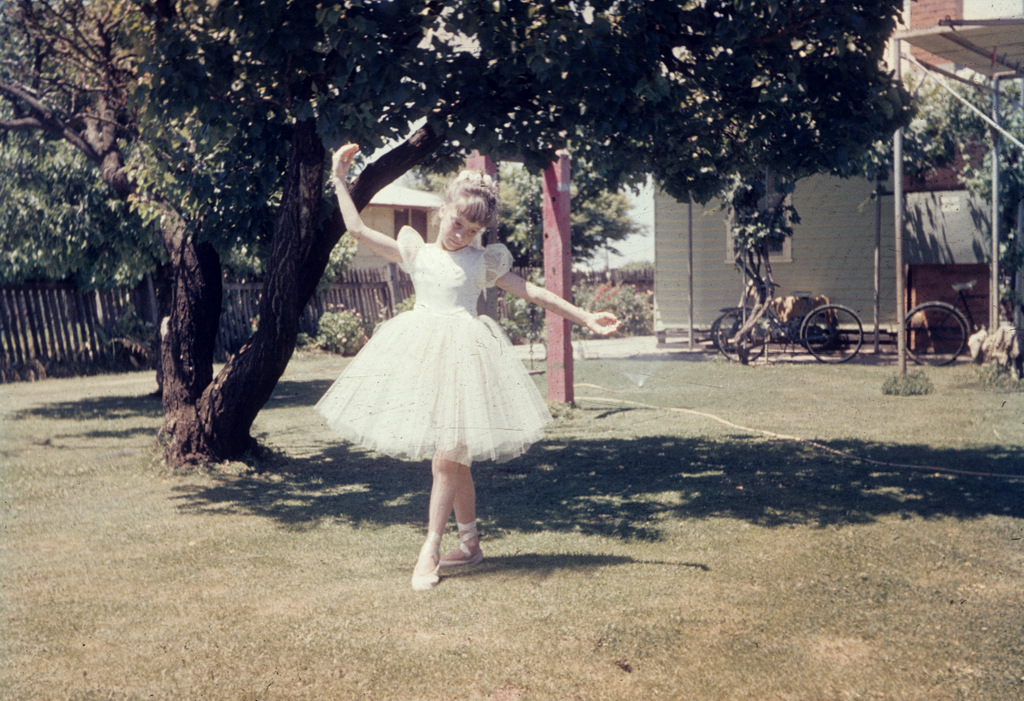 |
| Ghan workers tapping in to the telephone line in central Australia 1942. [Photo: D Kendall] |
The place is central Australia near Alice Springs. The year is 1942 - it's the middle of the war. Our friend Don was an Australian soldier stationed at Darwin when he and a mate were told to find their own way south to Melbourne and report for duty at the Air Force base at Point Cook because their applications to transfer to the RAAF had been accepted.
Sounds simple, doesn't it? The problem was that Darwin is a long way from Melbourne, especially in war time. It's 3,800 kms and the population is very sparce for most of the way. The road was really just a track for most of the way. They had very little money and the army provided them with a few food vouchers and travel passes but they had to organise their own route.
So, they hitched rides to Alice Springs on various army transport vehicles, then they went by train to Adelaide, and then by another train to Melbourne. It was all a bit of an adventure for two young lads.
 |
| The Ghan railway route today. In 1942 the old Ghan route (brown dotted line) from near Adelaide terminated at Alice Springs. |
The famous old Ghan was a narrow-gauge railway that opened in 1927 as 'Central Australian Railway'. It ran north to Oodnadatta in 1891 and then to Alice Springs in 1927. Its nickname derives from the Afghan cameleers who were so important in the the early days. (That's another big story, and so is the story of the difficulties encountered in the building of the Ghan railway.) The new Ghan is one of the great railway journeys of the world - all the way from Darwin to Adelaide in comfort. The old Ghan was a different story as weather and the environment played havoc with the infrastructure so travellers never quite knew when they would arrive at their destination.
For the purpose of this blog suffice to say that the telegraph line was extremely important and so was the Ghan, and that they followed the same route for much of their journey through the tough Australian landscape.
In 1942 Don and his mate travelled south from Alice Springs on the old Ghan and in Don's photo we can see that some of the workers on the Ghan are in the middle of nowhere tapping in to the telegraph line to set up some sort of temporary communication.
This post is in response to Sepia Saturday's theme photo of electrical linesmen in Tasmania.











